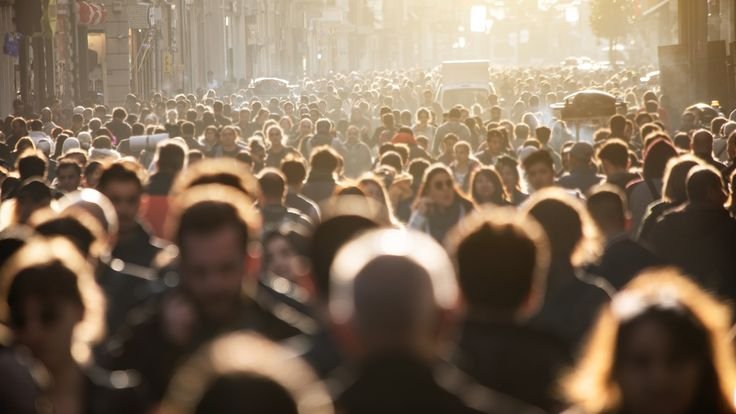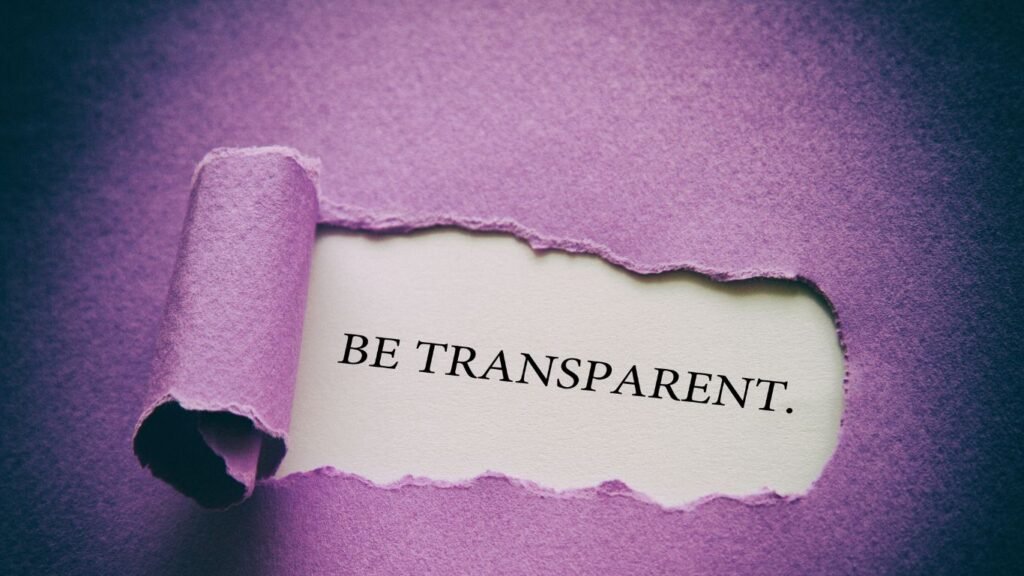Census 2027: India’s Digital Leap in Population Enumeration

India stands on the brink of its most ambitious demographic exercise: Census 2027. The country, after significant delays due to the COVID-19 pandemic, has finally scheduled its sixteenth decennial census. This exercise will not only count the world’s second-largest population but also introduce several firsts that reflect India’s evolving administrative and political landscape.
The Significance of Census 2027
The Indian government recognizes that accurate census data provides the foundation for every policy decision. Ministries depend on this data for allocating resources, planning welfare schemes, formulating budgets, and ensuring targeted delivery of services. With a population exceeding 1.4 billion, India must ensure that no household or community escapes the enumeration process. This responsibility grows even more critical as India faces rapid urbanization, shifting migration patterns, and growing demands for social justice.
Census 2027 carries enormous weight because it will provide the first comprehensive population data in over 16 years. The 2021 Census faced postponement due to the pandemic, making this round even more critical for updated statistics.
Major Milestones and Timeline
The government has released the official timeline for Census 2027. Authorities will conduct the census in two major phases:
- House Listing and Housing Census Phase:
Enumerators will begin this phase on October 1, 2026. States with snowbound regions such as Jammu & Kashmir, Ladakh, Himachal Pradesh, and Uttarakhand will receive priority due to accessibility concerns. Enumerators will collect data on housing conditions, household amenities, asset ownership, and household sizes. - Population Enumeration Phase:
The second phase will commence on March 1, 2027, across the entire country. During this phase, enumerators will collect detailed demographic information including age, sex, marital status, education, occupation, disability, and migration history.
Government authorities plan to complete data compilation and publish the final figures within nine months of completing fieldwork. This ambitious timeline reflects India’s technological advancements and readiness to handle large-scale data operations digitally.
India’s First Digital Census
The 2027 Census will mark India’s official entry into the era of digital population enumeration. The Office of the Registrar General of India (ORGI) has introduced several technological innovations to increase accuracy, speed, and transparency.
Digital Data Collection
Enumerators will carry handheld devices, such as tablets and smartphones, to collect data. These devices will replace traditional paper-based forms, ensuring real-time uploading of information. Supervisors can monitor data entry progress, cross-verify entries, and correct errors instantly.
Self-Enumeration Portal
For the first time, households will receive the option to submit census details independently. The government has developed a dedicated self-enumeration portal and mobile application, available in 16 regional languages. Households can register, fill in the required data, and receive a unique reference ID that will streamline verification by enumerators.
Data Security Measures
The government has incorporated advanced encryption protocols to protect personal information. All data will travel through secure servers, ensuring confidentiality. Authorities have deployed IT experts to monitor potential breaches and prevent data misuse.
Training and Capacity Building
The government has launched extensive training programs to familiarize enumerators with digital tools. Training modules include simulations, field exercises, and certification programs. This approach guarantees uniformity in data collection across diverse geographical and socio-economic landscapes.
The Return of Caste Enumeration
One of the most historic aspects of Census 2027 involves the inclusion of caste data. India last conducted a full-scale caste census in 1931. After almost a century, the government has authorized the collection of caste-based data for all groups, including Scheduled Castes (SC), Scheduled Tribes (ST), Other Backward Classes (OBC), and other caste categories.
Why Caste Data Matters
Caste-based data enables the government to evaluate and fine-tune affirmative action policies such as reservations in education, government jobs, and political representation. Lawmakers, policymakers, and social scientists can analyze disparities more accurately. Welfare schemes that target underprivileged communities will gain sharper focus, ensuring benefits reach the intended recipients.
The caste census also carries immense political implications. Legislators rely on caste data to debate seat allocations, constituency boundaries, and the structure of reservation quotas. In particular, the caste enumeration will play a significant role in implementing the 33% women’s reservation in Parliament and state legislatures, which Parliament recently passed.
Massive Scale and Resource Mobilization
Census 2027 will involve one of the largest peacetime mobilizations of manpower and resources. The government has allocated approximately ₹13,000 crore (around USD 1.6 billion) for this operation.
Authorities will recruit and train around 2.7 million enumerators, supervisors, and technical staff. These personnel will conduct door-to-door visits in over 700 districts, 6,000 tehsils, 8,000 towns, and more than 600,000 villages.
Officials will provide these enumerators with handheld devices, digital maps, and GPS-based location trackers. This equipment will ensure that enumerators reach even the most remote and inaccessible areas.
Administrative Preparation: Boundary Freeze
The government froze administrative boundaries as of June 2024. This boundary freeze ensures consistency during enumeration, avoiding confusion caused by jurisdictional changes, new districts, or municipal upgrades. Clear boundaries provide the backbone for accurate population figures.
Challenges and Roadblocks
Despite meticulous planning, Census 2027 faces several challenges that demand careful navigation:
- Digital Literacy Divide: Large rural populations, elderly citizens, and marginalized communities may struggle to use the self-enumeration portal. Authorities must offer on-ground assistance, community mobilization, and awareness campaigns to bridge this gap.
- Data Privacy Concerns: Citizens have voiced concerns about potential misuse of sensitive personal data. The government must uphold transparency, implement strict data protection protocols, and conduct independent audits to build public trust.
- Political Sensitivities: The caste enumeration has already sparked political debates. Some parties worry that new caste data may fuel demands for additional reservations or disrupt existing power dynamics. Lawmakers must handle these issues delicately, ensuring that data serves its intended welfare purpose rather than fueling divisions.
- Operational Complexity: Ensuring uniform data collection across varied terrains, languages, and cultures remains a logistical challenge. Enumerators must overcome geographical barriers, linguistic diversity, and population mobility during enumeration.
Migration, Urbanization, and Social Change
Census 2027 will also capture key trends that have transformed India over the past decade:
- Massive rural-to-urban migration, especially among youth seeking employment opportunities.
- Changing household structures with a rise in nuclear families.
- Greater participation of women in the workforce.
- Improved access to education and healthcare in previously underserved areas.
- Shifts in fertility rates, life expectancy, and aging population trends.
The data will help policymakers design more effective urban development projects, healthcare infrastructure, educational facilities, and transportation systems.
Political and Electoral Impact
The outcomes of Census 2027 will play a decisive role in reshaping India’s electoral map. After the census, the government plans to conduct delimitation exercises that will redraw constituency boundaries in Lok Sabha and state assemblies. These changes will align representation with current population figures, ensuring equitable representation for growing states.
The Women’s Reservation Bill, which mandates 33% reservation for women in Parliament and state legislatures, will also depend on updated census data for full implementation.
Conclusion: A Defining Moment for India
Census 2027 represents a watershed moment in India’s administrative history. The country will not only count its people but also embrace digital transformation, social equity, and forward-looking governance.
The government, civil society, and citizens must collaborate to ensure the success of this enormous exercise. With the right execution, Census 2027 can serve as a blueprint for data-driven policy-making, efficient welfare delivery, and inclusive nation-building for years to come.













